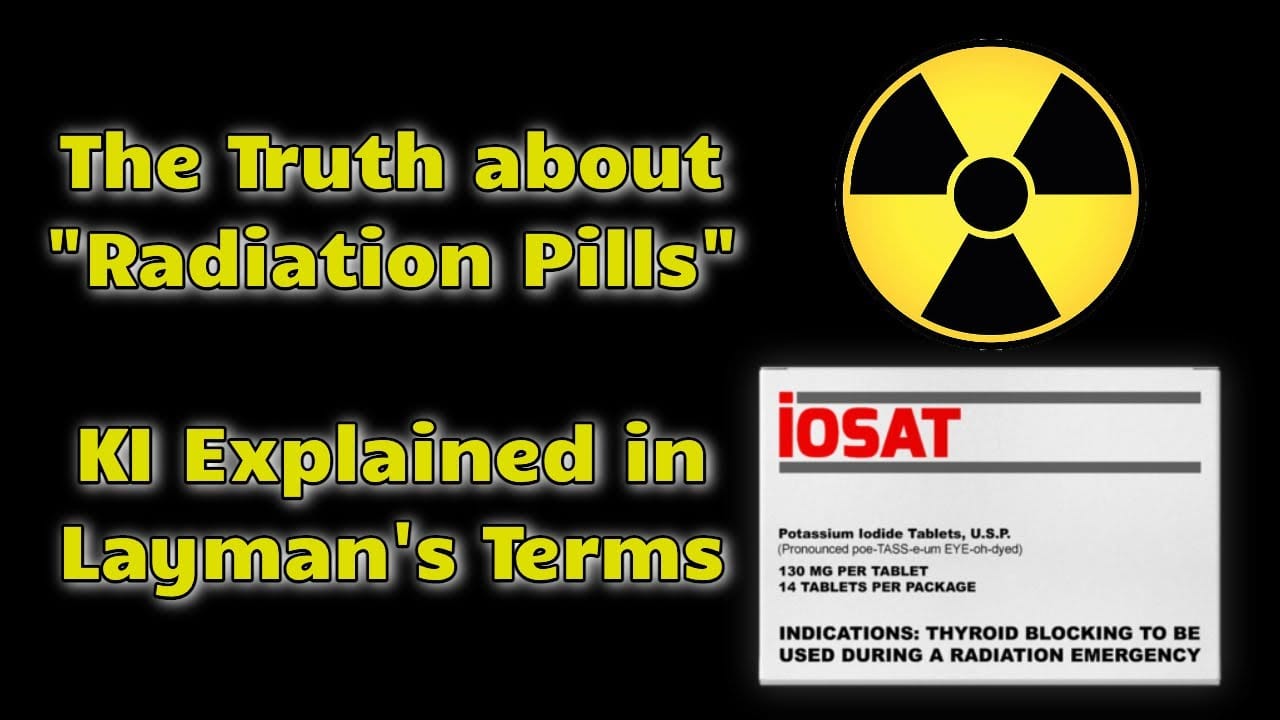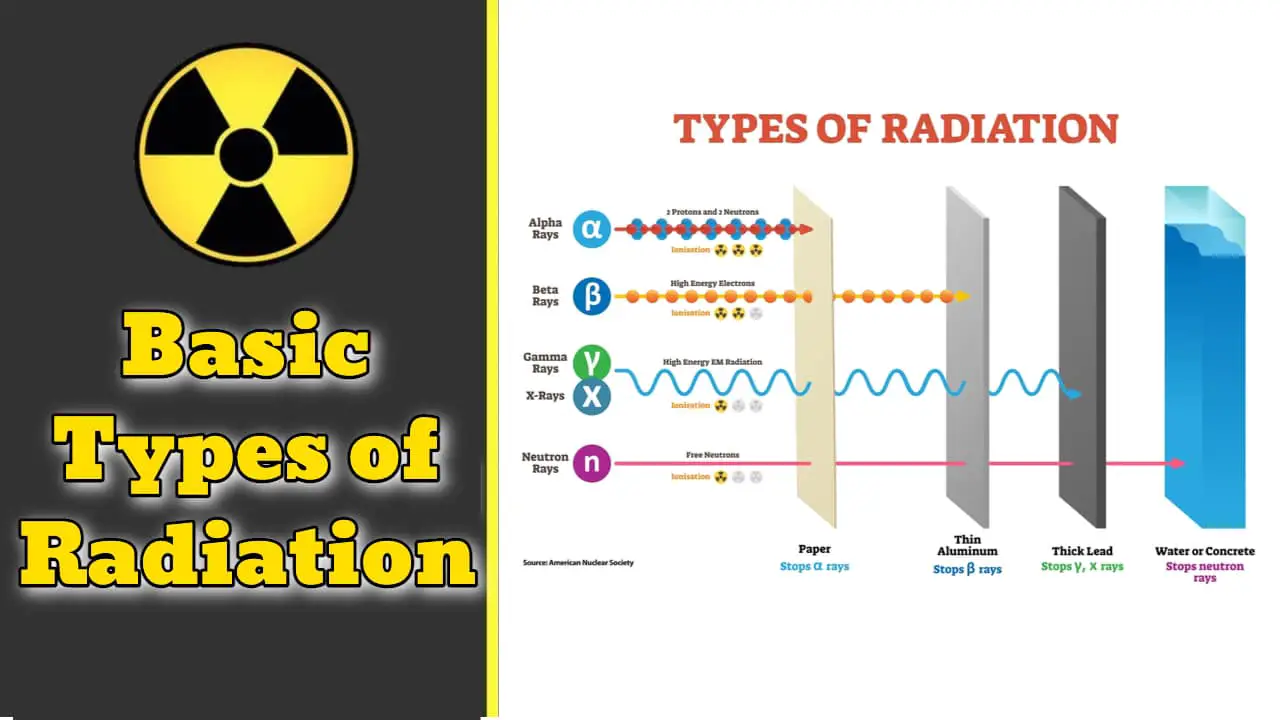This following is a guest post from Nadia Jones about colloidal silver. As with all medical posts, please use your own judgement and consult a doctor. I have no firsthand experience with colloidal silver taken internally myself, so I have no opinion on either side of the debate. One of the most important aspects of […]
Category: Information
Prepper Precepts #7 I Am the Only Person Responsible for Me
I am the only person responsible for me. No one else is responsible for my actions, safety, or future. If I want to be well fed it is my duty to go outside, find food, kill it, and drag it home. (The corollary to that is that because I am responsible for me, I […]
Prepper Precepts #6 I Don’t Deal in Conspiracies
I don’t deal in conspiracies. Men do evil things on occasion. Groups of evil men do bad things, but the shear amount of people that would have to be quiet to pull off a “shadow” government is impossible for a bureaucrat to manage. These guys cannot figure out how to pay their taxes or […]





